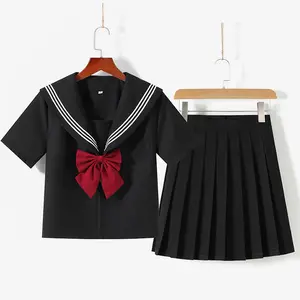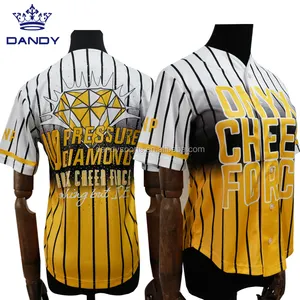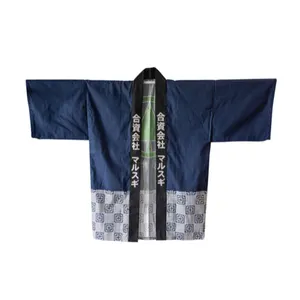Introduction to Japanese School Uniforms
The concept of the Japanese girl in uniform is a distinctive cultural icon that has gained international recognition. This attire, often seen in educational institutions across Japan, has transcended its practical origins to become a popular choice for various events and entertainment mediums. The uniform, known as "seifuku" in Japanese, represents a blend of tradition and modern fashion, making it a subject of interest for enthusiasts around the world.
Types and Variations
There are several variations of the Japanese schoolgirl uniform, each with its unique characteristics. The traditional "sailor" style, inspired by naval uniforms, is characterized by a blouse with a sailor collar and a pleated skirt. The "blazer" style, on the other hand, is more akin to Western school uniforms, featuring a blazer jacket and tartan skirt. These uniforms may vary in color and design, reflecting the identity of different schools.
Materials and Construction
The construction of a Japanese school uniform focuses on durability and comfort. Common materials include cotton blends, polyester, and wool, providing a balance between wearability and ease of maintenance. The fabric choice often considers the seasonal changes, with lighter materials for summer and heavier fabrics for winter. Attention to detail in stitching and sewing patterns is crucial to ensure the longevity of these uniforms.
Applications and Usage
While primarily associated with school wear, the Japanese girl's uniform has found a place in various other contexts. It is a staple in the realm of cosplay, where individuals recreate characters from anime, manga, and video games. Additionally, these uniforms are often used in cultural festivals and pop culture events, allowing wearers to express their affinity for Japanese media and traditions.
Features and Accessories
Accessorizing a Japanese uniform is key to achieving an authentic look. Items such as ribbon ties, knee-high socks, and loafers complement the basic uniform, while additional accessories like school bags and character-specific props can enhance the overall appearance. For those looking to embody a character accurately, complementary items such as wigs and makeup are essential.
Advantages of the Ensemble
The appeal of the Japanese schoolgirl costume lies in its versatility and cultural significance. It allows wearers to engage with a rich cultural tradition while offering a canvas for personal expression. The uniform's design promotes a sense of belonging and identity among students in Japan, and its adoption in various entertainment forms has made it a globally recognized symbol.










































 浙公网安备 33010002000092号
浙公网安备 33010002000092号 浙B2-20120091-4
浙B2-20120091-4